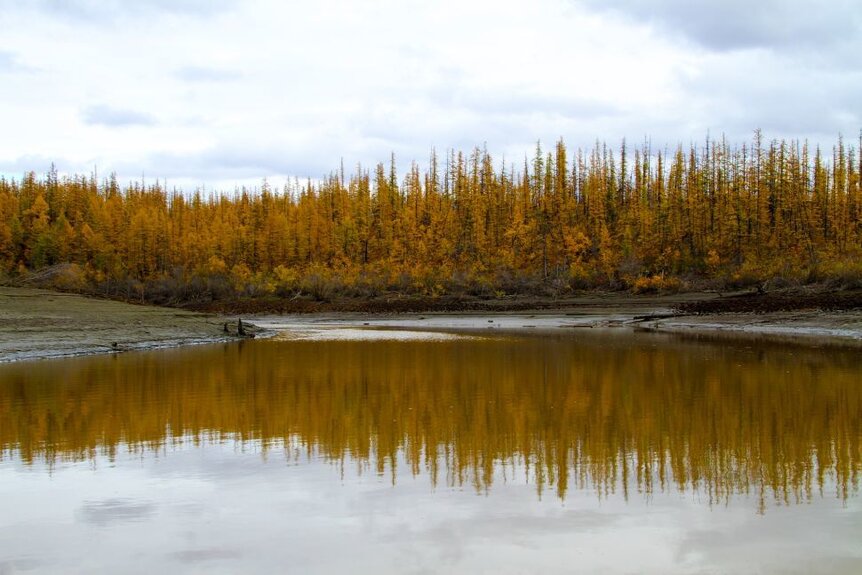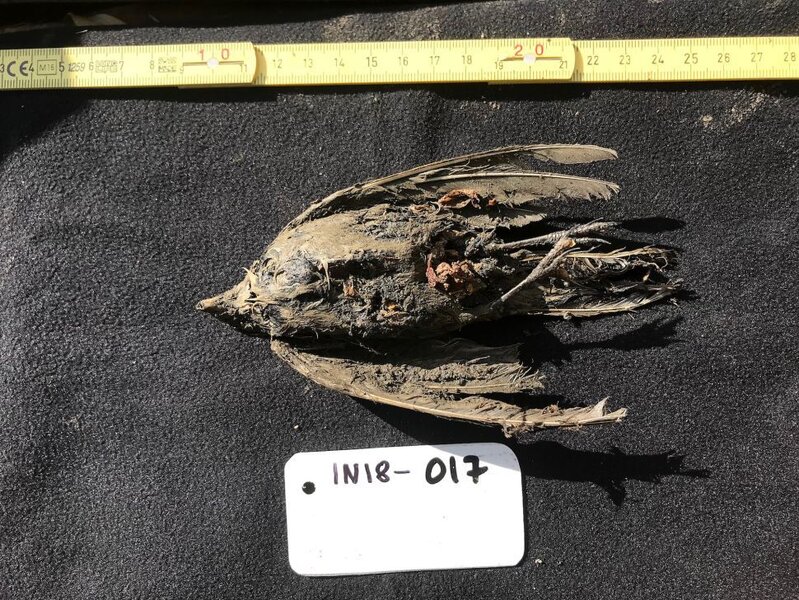Create a free profile to get unlimited access to exclusive videos, sweepstakes, and more!
Believe it or not, this perfectly preserved bird is actually 46,000 years old

If we're ever discovered frozen and buried in Siberian permafrost someday, we can only dream of looking this pristine at the ripe age of 46,000 years old!
While on a 2018 hunting expedition searching for fossilized mammoth tusks near the village of Belaya Gora in Siberia, two men stumbled across the rigid, frozen carcass of a small Ice Age bird that once flew the friendly skies nearly 50 millennia ago. The feathered survivor was in remarkably good condition due to it being protected from biological decay and hungry animal scavengers by the region's frigid icy groundcover.
Love Dalén, professor of evolutionary genetics at the Centre for Palaeogenetics in Stockholm, was accompanying the pair of ivory hunters, Boris Berezhnov and Spartak Khabrov, when they unearthed the rare Ice Age remnant, and was shocked to observe its incredibly well-preserved state.
The results of this fortuitous discovery were made public in a new study published in the online journal Communications Biology, which details the identification and history of the only near-intact bird carcass ever documented from the last ice age. The location of its final resting place was near the banks of the Indigirka River in Siberia, where it shared a home populated with various Pleistocene Epoch creatures like majestic mammoths, horses, woolly rhinos, bison, and lynx.
After determining the frozen flier's age to be approximately 46,000 years old using radiocarbon dating techniques with delicate samples of feathers and a tiny piece of tissue, Dalén and his colleagues played detective to pinpoint the precise species the bird belonged to. Via DNA sequencing, lead study author and postdoctoral researcher Nicolas Dussex of Stockholm University pieced together its specific signature of mitochondrial DNA, and matched its lineage to that of a female horned lark (Eremophila alpestris).
”The level of preservation of this bird is absolutely stunning," Dalén tells SYFY WIRE. "Considering its age, it’s possibly one of the best preserved pre-historic specimens ever discovered.”
Further research found the bird to be an ancestor of two sub-species of modern horned lark, one residing on the remote Eurasian tundra and the other in Mongolia and surrounding countries, providing new clues to how climate change possibly affected the divergence.
"When the local Russians came and showed the bird, I had had trouble believing that it really could be that old," he recalls. "I thought that perhaps it was a bird that had flown into the tunnel a few years ago and died there. But the locals insisted that it had been found in the permafrost far inside the tunnel. So we decided to collect samples from it for radiocarbon dating, and when we got the results it was clear that it was not only old, but actually [circa] 46,000 years old. So it is several tens of thousands of years older than, for example, the cave lion cubs and wolf head found in the same site."


















